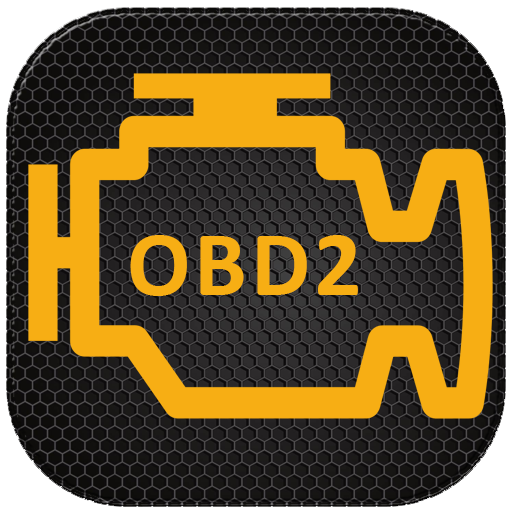Back in the 1980s, the automotive industry introduced the On-Board Diagnostics (OBD) system to monitor engine and emissions systems. OBD provided real-time insights into your vehicle’s health through smartly-positioned sensors. However, each automaker had its own set of codes, creating headaches for mechanics and confusion for vehicle owners. It quickly became apparent that a more standardized approach was needed. Thus, OBD2 was born, becoming a standard feature in vehicles manufactured after 1996.
No More Decoding Cryptic Codes

OBD2 brought simplicity and clarity to the world of vehicle diagnostics. No more decoding cryptic codes. If you’ve ever tried diagnosing trouble codes on a pre-’96 vehicle, you can probably relate. With OBD2, a universal set of diagnostic trouble codes (DTCs) emerged, creating a common language that mechanics and vehicle owners alike can understand. It’s like speaking a shared dialect, making it easier to identify and resolve issues with our rides.
Whether you’re a mechanic or a vehicle enthusiast, you can tap into this valuable resource, empowering you to understand what’s happening under the hood and enabling accurate diagnosis of any issues.
Here are a few of the benefits OBD2 brings:
Lower Repair Costs
According to the Society of Automotive Engineers (SAE), OBD2-equipped vehicles boast an impressive average diagnostic accuracy rate of over 80%. This means mechanics can pinpoint the root cause of issues more precisely, substantially decreasing unnecessary repairs and guesswork. This translates into substantial savings as it helps identify issues promptly, avoiding unnecessary repairs and expenses.
Fuel Cost Savings
OBD2 technology can lead to fuel efficiency improvements of up to 10% as your vehicle’s computer can constantly monitor and adjust your engine for optimal performance. These efficiency gains result in notable savings on fuel costs and reduced environmental impact.

Emission Reduction for a Greener Future

By enabling real-time performance monitoring, manufacturers can fine-tune engine efficiency, reduce emissions, and create more fuel-efficient vehicles. In addition, by providing timely emissions-related alerts, OBD2 enables prompt repairs and better overall emission control.
OBD2 Components
Diagnostic Connector
Every vehicle equipped with OBD2 has a diagnostic connector usually located under the dashboard or near the driver’s seat. It provides access to the vehicle’s diagnostic system.
Sensors and Actuators
Throughout the vehicle, sensors monitor various systems, such as the engine, emissions, fuel system, and more. These sensors collect data on parameters like engine speed, coolant temperature, oxygen levels, and more. Actuators, on the other hand, control components like fuel injectors, ignition timing, and emission control systems.
Engine Control Module (ECM)
The ECM is the vehicle’s onboard computer that receives data from the sensors and controls the actuators. It continuously analyzes the data to ensure the engine runs smoothly, efficiently, and complies with emissions regulations.
Diagnostic Trouble Codes (DTCs)
When an issue is detected by the ECM, it stores a specific DTC in its memory that corresponds to the identified problem. These codes provide valuable information about the nature and location of the issue, making it easier to diagnose and fix problems.
OBD2 Scanners
To access the DTCs and other data stored in the ECM, you can use an OBD2 scanner or diagnostic tool. These devices connect to the vehicle’s diagnostic connector and retrieve the information from the ECM. OBD2 scanners range from basic code readers that display DTCs to advanced scan tools that can provide real-time data, perform system tests, and more.
DTC Interpretation
Once you have retrieved the DTCs using an OBD2 scanner, you can refer to a standardized list of codes to interpret the issues. These codes typically consist of a letter followed by four numbers. For example, P0420 indicates a problem with the catalytic converter. By understanding the codes, mechanics and vehicle owners can diagnose and address the specific issues affecting the vehicle.
OBD2 has revolutionized the way we approach vehicle diagnostics, making them more accessible and comprehensible for all vehicle owners. It empowers us to make informed decisions about our vehicle’s well-being, ensuring that we hit the road with confidence. Here’s to unlocking the full potential of your vehicle and embarking on a more efficient, sustainable, and enjoyable driving experience.





